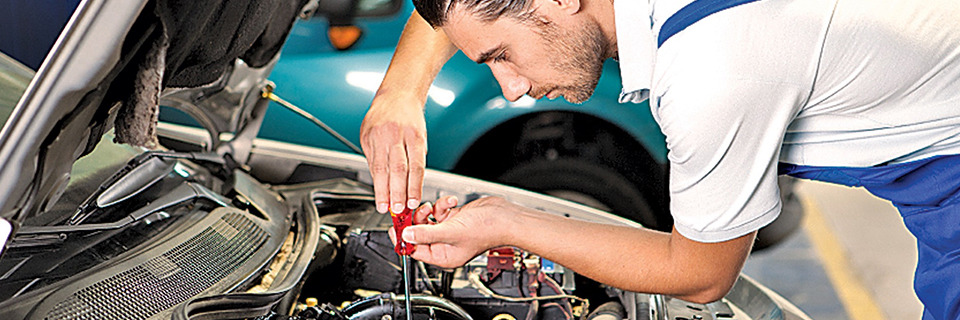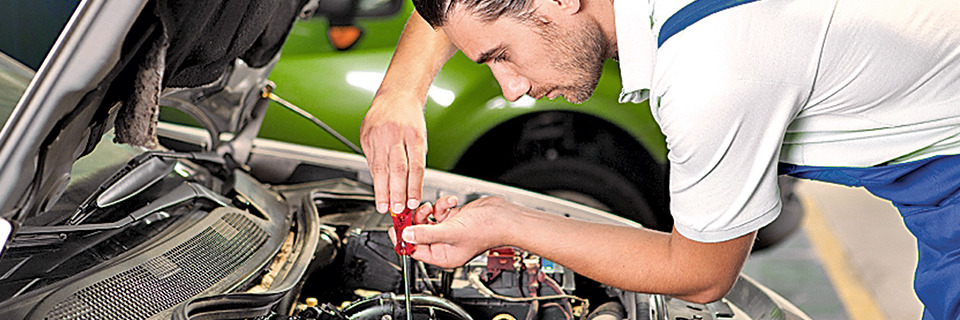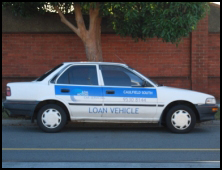Dual-Battery Issues
4WDing is all about having fun, and respect. When I say respect I mean respect for the land and also our vehicles. Generally we are very easy on our rigs choosing to turn on the ARB diff locks and crawl up something steep rather than jump around spinning and lifting our wheels causing damage to the ground and also our ride. Driving in a respectful way really prevents mechanical things going wrong out in the bush, but for some reason we still get our fair share of 12V problems. Having gauges in your 4WD allows you to monitor so many more systems. From EGT Gauges, Boost Gauges, Temperature Gauges and Battery Voltage Gauges, they all help to pick up any problems before they start.
THE SITUATION
My mate Ben had fitted some Battery Voltage Gauges to his 80 Series and just before our last trip he found a fault. It was Friday and that evening we were leaving the burbs and heading to the High Country. (We were going in over the Thompson Dam wall, stopping in Erica for our standard Hot Rocks Steak at the Erica Pub, then heading through to Licola, and up to tackle Butcher Country Track to the Howitt High Plains to chase the snow.) Ben noticed that both Battery Voltage Gauges seemed to stay level on the same voltage, even with the 4WD switched off. We did a quick double check with a multimeter and found out we had to replace the solenoid, in our case we went for the best quality replacement – the Redarc SBI12. So what does this actually mean when we were out in the bush? Well the whole reason we fit a dual battery system is so we can drain our auxiliary battery flat when we run our accessories, but still protect the main battery to be able to start and run our 4WD when we head to our next destination. A simple solenoid monitors that battery voltage, when the 4WD is running and the alternator kicks in to charge, the solenoid will link both batteries together at 13.2V allowing the alternator to charge not only the main battery but also the auxiliary battery as well. When the 4WD is switched off and the battery voltages settle back down to 12.7V the solenoid disconnects the batteries from each other to stop draining the main battery while using the accessories.
THE SOLUTION
In the case, like we have with Ben’s 80 Series, we were lucky that we were able to pick up on this before we left. With the solenoid not disconnecting the batteries it means we are using both the main battery and the auxiliary battery for the accessories which with Ben and all his great ideas and the fact that we were doing a snow trip in the middle of winter he brought along an electric blanket for his swag. We either had two options; we could manually disconnect the auxiliary battery overnight by removing the battery terminal, or we could park the 4WD overnight in such a way that it was easy to access the bonnet, so we could jump start the battery in the morning. Either option will work, just be careful of any live wires when disconnecting the battery terminals. As Ben’s was an older vehicle, we jump started it in the morning. If it was a newer 4WD, then we would have chosen to disconnect the auxiliary battery cable from the solenoid end, protecting the live wires from shorting. If it was a newer 4WD it’s also likely that the Redarc BCDC would be used as the SBI12 would not be the best choice for the vehicle. Of course if Ben was travelling alone, disconnecting the battery terminal would have been the only choice. He would basically do the job of the solenoid manually. This problem was quite easy to manage out on the tracks, and with the added bonus of gauges and a little bit of knowledge it made the system very easy to monitor for any potential problems before he did get into trouble, making sure that he would be able to keep the main battery charged ready to get home.





